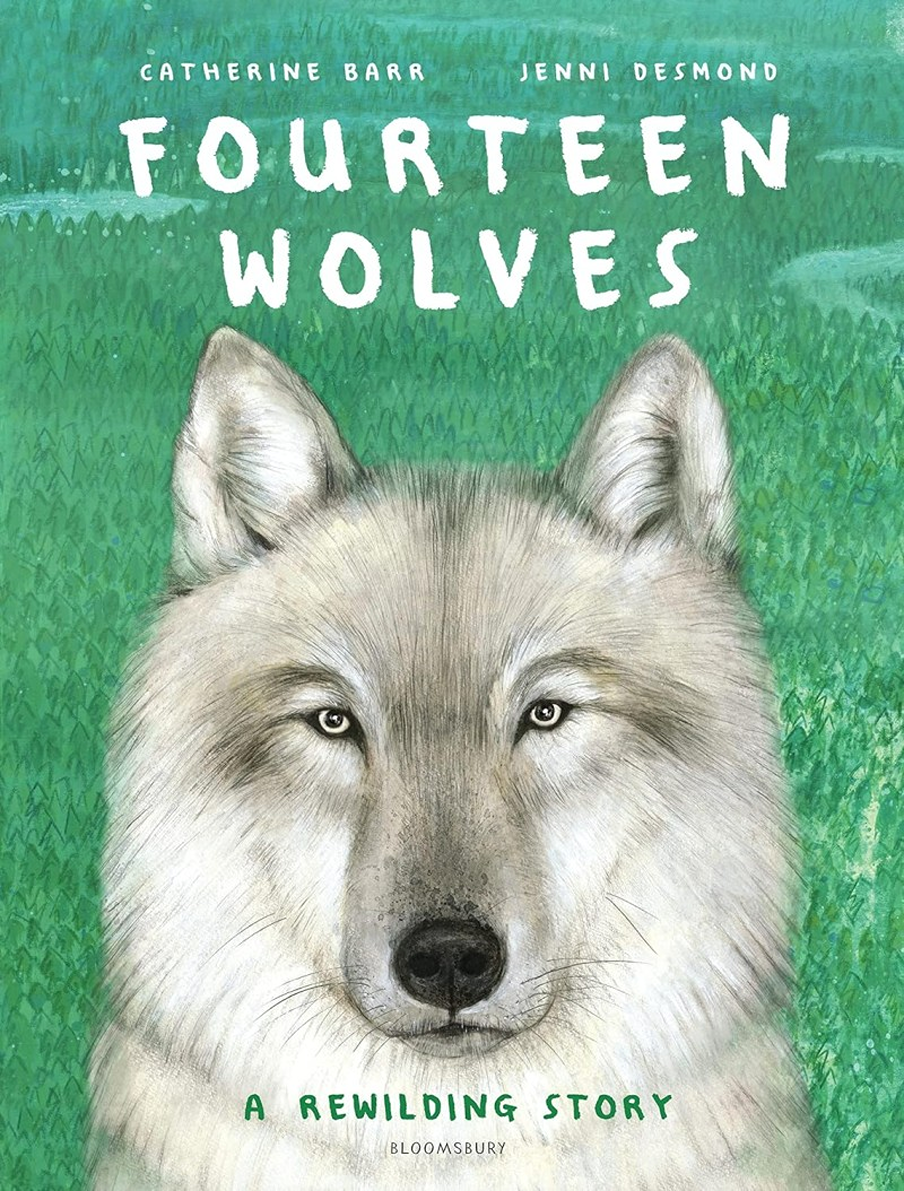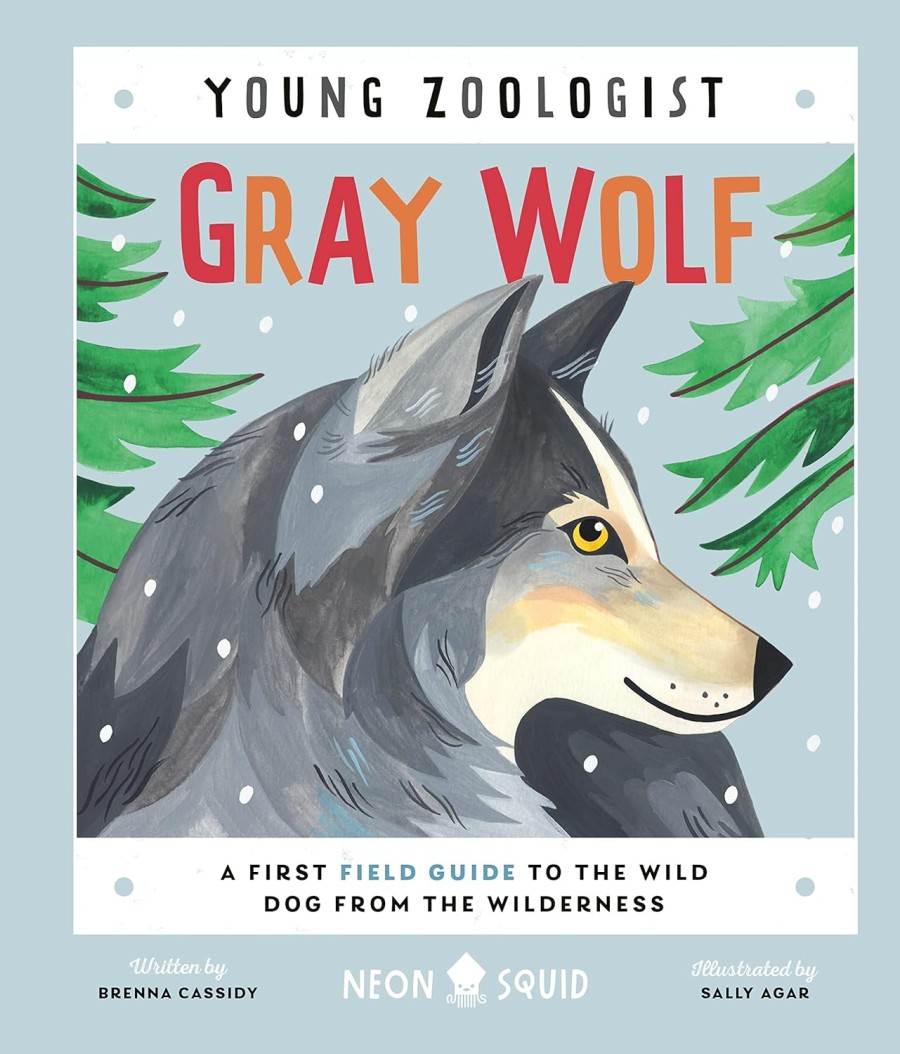How to Protect Endangered Wild Wolves

Although England no longer has wild wolves, we can learn from successful rewilding projects abroad, on how rewilding can benefit all species. Fourteen Wolves is the true story of how wolves were reintroduced to Yellowstone National Park, as the ecosystem began to collapse.
Enormous herds of elk swarmed the plains, bears starved, rabbit families shrank and birds flew to new homes. Plants vanished, trees withered and rivers meandered.
But in 1995, they were returned to the park and everything changed for the better. Yet Canada still spends millions of dollars shooting wolves from above. Trumps’ previous administration removed wolf protection, though experts say keeping cattle healthy is done by using sheds for birthing calves and removing dead carcasses).
By the early 20th century, hunting wiped out wolves in Yellowstone. People at the time believed wolves were a threat to livestock and wild game. Their removal had deep effects. Wolves are natural predators of elk, so numbers soared (overgrazing of trees, willows and shrubs near rivers, impacted other species).
In January 1995, wildlife managers brought grey wolves back to Yellowstone from Canada. Fourteen wolves arrived that year, with more in 1996. Scientists, park staff and volunteers closely tracked these first packs. Their return sparked hope for nature’s balance to return as well.
When elk stopped standing in the same spots eating young trees, riverbanks grew stronger with thick willows and trees. Strong banks stopped heavy erosion and shaped the flow of the rivers. Places along the water became lush again, improving life for fish and insects as well.
The Ecological Role of Wolves

Wolves do more than just survive in their ecosystems; they help keep everything in balance. They control prey numbers such as deer and rodents. This prevents these animals from overgrazing plants and damaging habitats.
Their hunting also benefits other species. When wolves leave leftovers, scavengers like birds and smaller mammals feed on the remains. Healthy wolf populations mean healthier forests, rivers, and grasslands.
In short, wolves act as nature’s caretakers. Without them, ecosystems can become unbalanced, leading to the loss of other wildlife and plants.
By understanding these crucial points about endangered wolves, we see why protecting them matters. It’s not just about saving one species; it’s about keeping ecosystems thriving for everyone.
Major Threats to Wild Wolf Populations
Wild wolves face serious challenges that make their survival harder. Many of these threats come directly from human activity, while others result from changes in the environment. Understanding these dangers is key to knowing why wolves are endangered and what stands in the way of their recovery.
Habitat Destruction and Fragmentation
One of the biggest threats to wild wolves is the loss of their natural homes. As forests are cut down, grasslands turned into farms, and towns grow, wolves lose the space they need to roam and hunt. This is more than just shrinking territory—habitat destruction breaks up large areas into tiny isolated patches. When wolf populations are split like this, they struggle to find mates and food, which weakens the entire population.
Roads, fences, and towns act like barriers, chopping up the landscape and trapping wolves in smaller zones. This fragmentation makes it harder for them to travel safely and maintain healthy genetic diversity. In some places, wolves become so isolated they face inbreeding and higher risks from disease.
Human-Wolf Conflict: Hunting, Poisoning, and Perceptions
Wolves often come into conflict with people. One common source is when wolves prey on livestock like sheep or cattle. Farmers and ranchers see this as a direct threat to their livelihood and may respond by hunting, trapping, or poisoning wolves. These actions have caused sharp declines in wolf numbers over the years.
Negative perceptions and fear add to the problem. Wolves have long been seen as dangerous or as pests. This attitude can lead to illegal killings and less support for wolf conservation. When people believe wolves cause more harm than good, they may back policies that harm wolves instead of protecting them.
Climate Change
Changes in the climate are altering the environments wolves depend on. Rising temperatures, shifting seasons, and changes to rainfall patterns can affect prey availability and the condition of habitats. For example, if prey animals move to cooler areas or decline in number, wolves have to travel farther or face food shortages.
Climate change can worsen habitat destruction by increasing droughts, wildfires, and floods. These events damage the land and reduce the quality of wolf habitats, making survival more difficult.
Concerns over livestock losses can make people push for lethal control of wolves. This often happens even when data shows wolves cause only a small percentage of livestock deaths. The fear and frustration felt by farmers can limit cooperation with conservation groups and reduce chances for non-lethal solutions like better fencing or guard animals.
Illegal Wildlife Trade and Poaching
Although less common than habitat loss or conflict, illegal hunting and trade also threaten some wolf populations. Wolves are sometimes targeted for their fur or body parts, which can fetch high prices on the black market. This underground trade adds pressure to already struggling populations.
Poaching often happens in remote areas where law enforcement is weak. It reduces the number of adult wolves, disrupts pack structures and makes breeding less successful.
Practical Ways to Protect Wolves
Protecting endangered wolves comes down to balancing human needs with wildlife habits. When people and wolves share the same space, conflicts can arise, but they don’t have to. There are effective ways communities can live alongside wolves without harm to either side. Likewise, individuals who care about wolves have several meaningful ways to contribute to their protection and the long-term health of their populations.
Promoting Coexistence Between Wolves and Humans
Reducing conflicts benefits both wolves and the people who live near them. Many tensions come from wolves preying on livestock, but with thoughtful steps, this can be managed. These are practical ideas that communities have used successfully:
- Improved Livestock Management: Farmers can rotate grazing areas to reduce risk, keep animals in secure enclosures at night, and avoid letting livestock roam unattended in high-risk zones.
- Non-Lethal Deterrents: Motion-activated lights, noise makers, and fence upgrades can scare wolves away from farms. These tools let wolves maintain their territory while protecting domestic animals.
- Community Awareness and Education: When local people understand wolf behaviour and ecological roles, their fear can turn into support. Educational programmes and community meetings build trust and encourage cooperative solutions.
- Involving Local People in Conservation: Putting communities at the centre of wolf protection gives them ownership of the process. When people help monitor packs, report sightings, or assist in habitat restoration, positive relationships grow.
WildEyes is a Swiss AI invention that can detect approaching predators and stop attacks before they occur, sending alerts to farmers from trees to scare off wolves. One is now being used, to stop poachers of critically endangered rhinos and elephants.
The Wolf Watch Sanctuary (on the Shropshire/Welsh border) is a 100-acre woodland offering homes for wolves rescued from captivity (one pair was rescued from a Warwickshire zoo). It does not allow ‘watching wolves’ for money, instead it takes in displaced wolves to live akin to the wild, as they can’t be released.
Key Endangered Wolf Species
Here are some of the wild wolves currently facing the greatest risks:
- Mexican Wolf: Found mainly in the southwestern United States and northern Mexico, this subspecies is the rarest gray wolf in North America. Mexican wolves live in mountainous forests and grasslands. Their population was once down to just a few dozen in the wild, but careful breeding and reintroduction efforts are slowly helping numbers rise.
- Ethiopian Wolf: Native to the highlands of Ethiopia, this striking wolf is one of the rarest canids in the world. It prefers afro-alpine grasslands and heathlands above 3,000 meters. The Ethiopian wolf hunts rodents and lives in small packs. Habitat loss from farming and diseases passed from domestic dogs have pushed this species toward extinction.
- Red Wolf: Once widespread across the southeastern United States, red wolves now survive mainly in a few protected areas. Their habitat includes coastal forests and wetlands. Hybridisation with coyotes and habitat destruction have greatly reduced their numbers.






